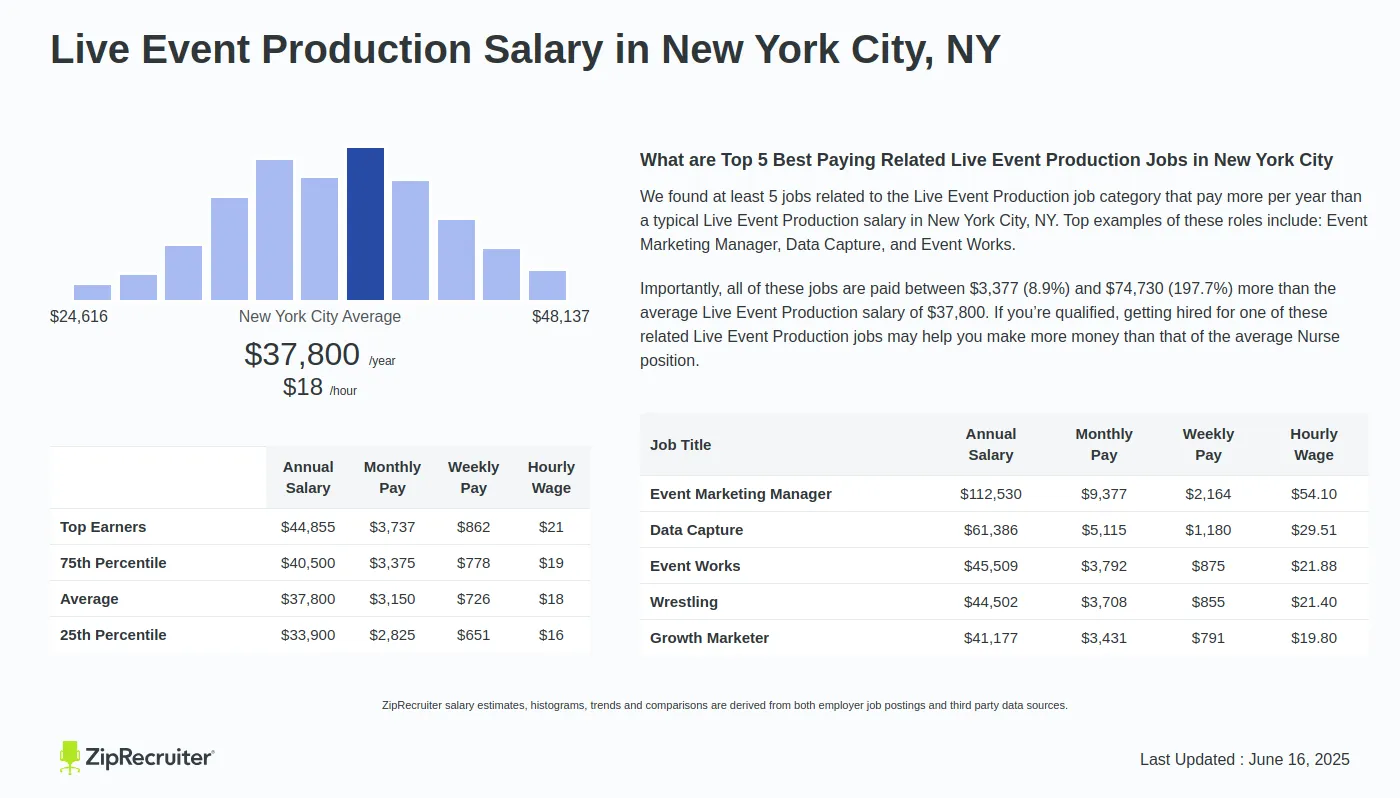Benefits of LED Display Walls Compared to Conventional Projection Systems in Contemporary Visual Presentations
Wiki Article
Light Emitting Diode video walls have become progressively popular in various settings, such as educational institutions, corporations, and leisure venues. These sophisticated visual technologies offer several advantages over traditional projection technologies. Understanding these benefits can help companies make informed choices about their display needs. This article will explore the key benefits of Light Emitting Diode video screens, including brightness, image clarity, flexibility, upkeep, and energy efficiency.
One of the key significant benefits of LED video walls is their luminosity. LED technology produces lively and radiant images that can be easily viewed in various lighting conditions. Unlike conventional projectors, which can have difficulty in well-lit settings, Light Emitting Diode video walls maintain their sharpness and hue precision even in bright spaces. This makes them ideal for external events or locations with big windows. The elevated luminosity levels ensure that the content displayed is always clear, making it simpler for audiences to engage with the data being presented.
In addition to luminosity, Light Emitting Diode video screens provide superior image clarity. They offer greater definition and improved color reproduction compared to conventional projection systems. This means that pictures and footage displayed on an Light Emitting Diode wall appear crisper and more detailed. The pixel density of Light Emitting Diode screens allows for close observation without losing clarity, which is particularly crucial in environments like trade shows or conferences where attendees may be nearby to the display. Furthermore, Light Emitting Diode tech can produce richer blacks and more intense hues, enhancing the overall visual experience.
Versatility is another important benefit of Light Emitting Diode video walls. These technologies can be arranged in multiple dimensions and shapes to fit varied areas and design requirements. Unlike traditional projection systems, which require a particular distance from the screen to operate properly, LED video walls can be set up in a range of settings. They can be curved, tiled, or even used in creative arrangements to create unique display presentations. This adaptability allows companies to customize their display exhibits to suit their particular requirements, making Light Emitting Diode video screens a flexible option for any environment.
Upkeep is also a critical factor when comparing Light Emitting Diode display screens to conventional projector technologies. LED displays generally require less maintenance over time. Traditional projection systems often need lamp changes and routine maintenance to maintain peak functionality. In comparison, LED technology has a longer lifespan and does not require frequent replacements. This reduces downtime and maintenance expenses, making LED display screens a more cost-effective solution in the long-term future. Companies can concentrate on their displays rather than concerned about the upkeep of their visual technologies.

Lastly, energy efficiency is an important factor for many companies. Light Emitting Diode display screens consume less power compared to traditional projection systems, which can lead to significant savings on energy costs. This is particularly advantageous for companies and locations that use screens for long times. Additionally, the reduced power usage of Light Emitting Diode technology contributes to a reduced environmental impact, making this website it a more sustainable option. By choosing Light Emitting Diode display screens, companies can benefit from premium display displays while also being considerate of their power consumption and ecological impact.
In conclusion, LED video walls offer numerous benefits over conventional projection systems. Their brightness, image quality, flexibility, minimal upkeep requirements, and power efficiency make them an excellent choice for contemporary visual displays. As technology continues to advance, LED video screens are likely to grow even more prevalent in various environments, providing companies with the resources they need to effectively communicate and engage with their viewers.